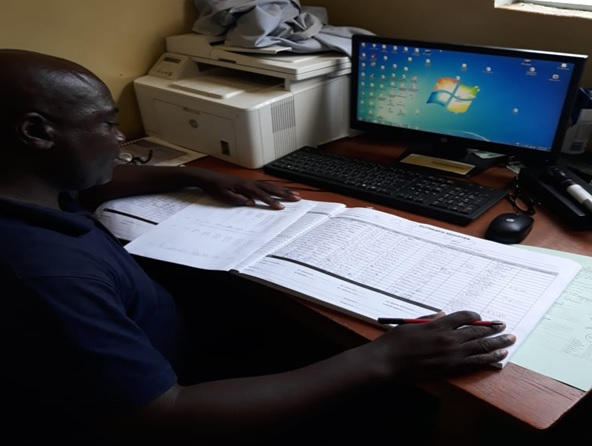Join a powerful, unprecedented alliance for better eye health for all.
Join IAPB-
Choose an alternate language here

What HMIS is the project supporting, what are the challenges of implementing it, what is working well?
The Zambian HMIS project supports the capture, analysis and dissemination of health information (disease burden and service delivery information) to enable efficient delivery of health services. At the inception of the SiB project in April 2016, the HMIS had only 3 indicators on eye health namely spring cataract, refractive errors and other eye conditions. This situation made it difficult to capture the incidences of a number of other vital eye health indicators. This led to under reporting of the existence of key eye indicators as well as unreliable data to be used for advocacy, planning as well as budgeting. With the 2011-2016 National Eye health Strategic Plan (NEHSP) drawing to a close, the project positioned itself in supporting the review and finalisation of the NEHSP. The aim was to ensure the HMIS is highly emphasised and the eye health indicators increased so as to capture more meaningful data to be used for advocacy, planning as well as budgeting. With the NEHSP finalised in 2017, the project working in collaboration with other eye health supporting organisations (namely Lion Aid Zambia, Operation Eyesight Universal, and Orbis) influenced the review of the eye health indicators from 3 to 11 indicators. These were considered by the Ministry of Health and built into the HMIS rolled out to all the district. This information is easily accessible and is used in driving informed decision making in the provisions of health services.
Challenges
The greatest challenges in the HMIs in the SiB supported districts include inadequate personnel with required skill sets to adequately manage and use the HMIS system. As a result of this, at the end of every month, the ophthalmic staff have had to aggregate data from their usual daily patient records and sometimes enter it in HMIS data collection tool which is in paper form. Another challenge lies in internet connectivity as it hinders the effectiveness and efficiency in the management of the system leading to delays in reflection of the information online or inability of access to the information. However, despite this operational challenge with the strides made, the next step should focus on building the capacity of the districts in data entry as well as analysis to demonstrate the magnitude of eye health challenges as well as the need to plan for eye health in the wider health system.
What data is the HMIS collecting, e.g. cataract surgery quality, disaggregating data by gender etc?
HMIS collects information on eleven eye conditions which include cataracts, trachoma, refractive errors, screenings, conjunctivitis, glaucoma, traumas, childhood blindness, diabetic retinopathy, and cornea eye diseases. This information is aggregated by sex and age into four age groups namely under 1 year, 1 – under 5, 5-14 years and above 15 . This aggregation will assist in determining how each sex and age group are affected by available eye health services.
How does the project support the HMIS in the Ministry of Health? Or are there still parallel systems running?
The SiB project information is layered onto the already existing information collection system that eventually feeds into the National HMIS.

1. Francis Kalusa
Programme Manager Sightsavers
2. Enalla Banda
Programme Assistant Sightsavers